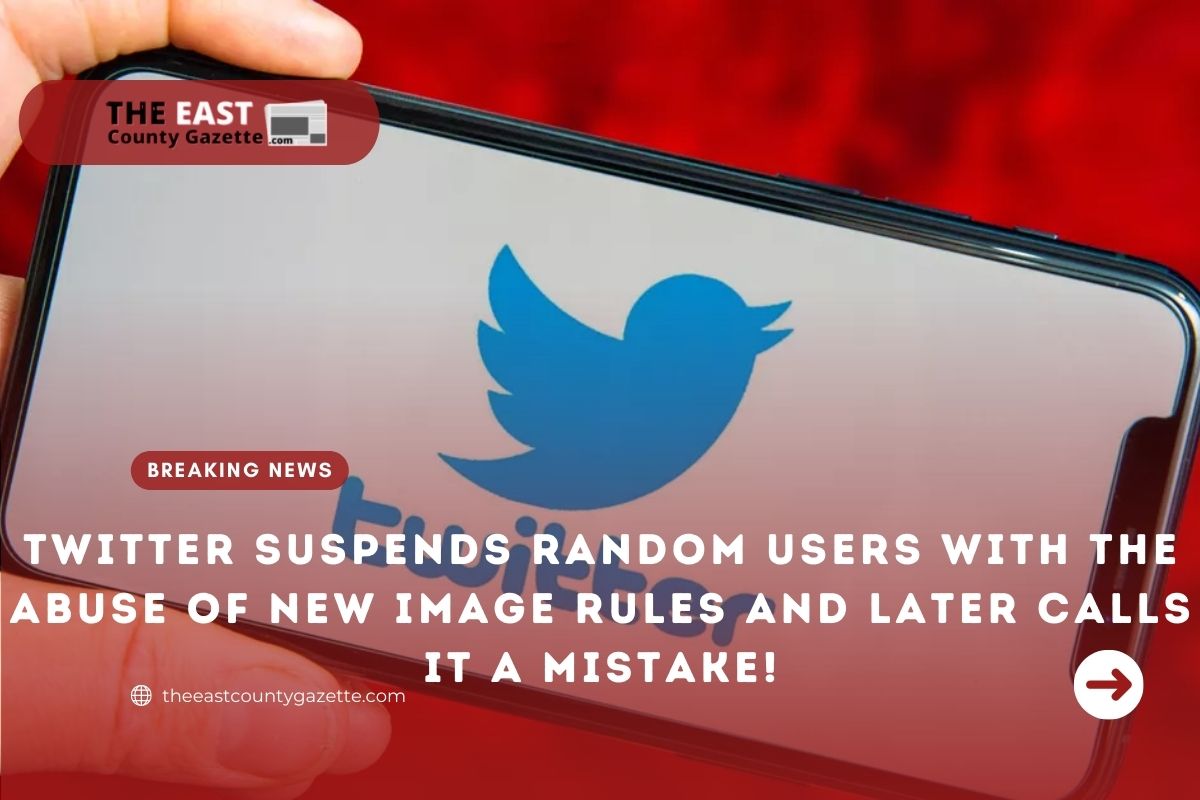Twitter Suspends Random Users With the Abuse of New Image Rules and Later Calls It a Mistake!
The launch of Twitter’s new image rules didn’t take long for malicious actors to abuse them, and the social network has said that it mistakenly locked up several accounts due to “far-right” extremists’ false accusations.
On November 30, Twitter updated its private information policy to prohibit the public dissemination of photographs and videos (also known as media) of non-public individuals without their consent.
“Sharing personal media, such as images or videos, can potentially violate a person’s privacy and may lead to emotional or physical harm,” the company wrote at the time. “The misuse of private media can affect everyone, but can have a disproportionate effect on women, activists, dissidents, and members of minority communities.”
Read More: Retirees Now Face Different Rules in 13 States Play Before Receiving Social Security
This is precisely the kind of vulnerability that new restrictions like this are ideal for exploiting, and it appears to have turned out that way. According to Twitter, 12 journalists and anti-extremism researchers’ accounts were mistakenly suspended after far-right activists and white supremacists sent a “well-orchestrated and malicious” barrage of false claims to silent their opinions.
Without revealing any additional information, a spokesperson for Twitter told The Guardian that the company received “a large number” of reports.
According to Twitter, it has already reversed many of the incorrect suspensions and is taking measures to ensure that its new policy and the actions taken as a result of it are effective. While the complete quantity of false notifications will be put online later, some of the people who users falsely accused have been banned at the time of this latest post published by the Washington Post.
Despite Twitter’s claim to the contrary, it is evident that there are issues to be addressed. A major issue surrounding the new regulation is enforcement, which would be nearly impossible to accomplish site-wide and would necessitate a thorough checking procedure to confirm that all claims are genuine. Obviously, such a mechanism was not put in place.
The new policy was implemented shortly after Twitter’s long-time CEO Jack Dorsey stepped down from the position and the company’s former CTO Parag Agrawal replaced him. Since assuming control of Twitter, Agrawal has made several significant changes, including a vow to restructure top management.

